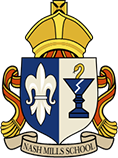Year 4
Our book for the Autumn 1st half term is:
Aalfred and Aalbert
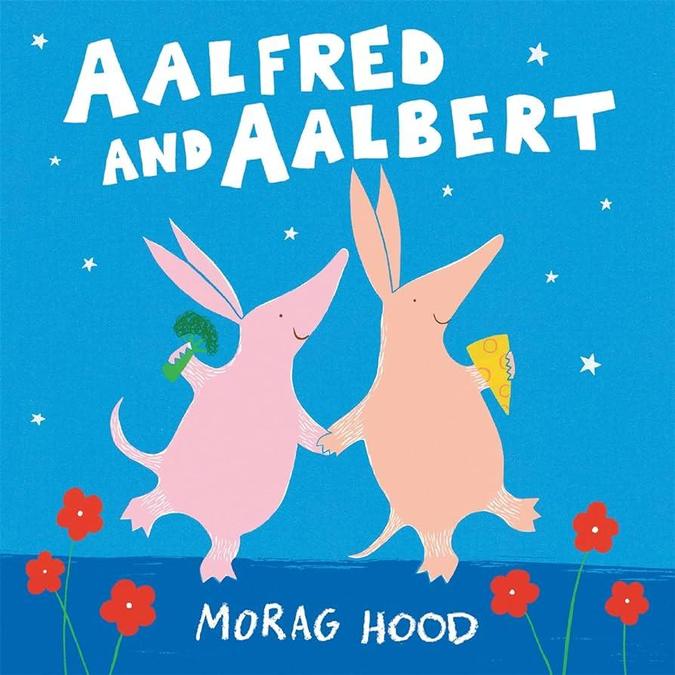
By Morag Hood
What this book is about
Aalfred and Aalbert gently shows how two aardvarks get together, helped by a small blue bird. Some children may realise the aardvarks in the story are two males, but that is not the focus of the book; rather, the focus is recognising loneliness, choosing to help others, finding common ground and understanding how companionship affects mental health.
Link to hear this book being read: https://www.youtube.com/watch?v=_vo9BH1fbpo
Our book for the Autumn 2nd half term is:
India, Incredible India
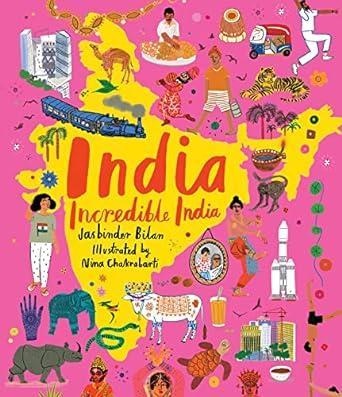
By Jasbinder Bilam
What this book is about
This brilliant book allows pupils to journey across India, looking at the diversity within the country in how people live. The children will have the opportunity to reflect on elements of culture that are similar to ours and also how people live differently.
For some of our pupils, it will provide the opportunity to share their experiences and identity.
Link to hear this book being read: https://www.readingzone.com/news/jasbinder-bilan-introduces-india-incredible-india/
Our book for the Spring 1st half term is:
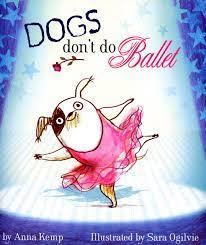
Dogs don’t do Ballet
By Anna Kemp and Sara Ogilvie
What this book is about
‘Dogs Don’t Do Ballet’ teaches children to go for their dreams.
During the story, the narrator puzzles over that fact that her dog is different to others… Everyone tells the dog that he can’t be a ballerina, but he proves in the end that you can be what you want to be. This gives the children the chance to talk about difference and gender stereotypes. How we can be what we want to, with a little bit of practice!
Link to hear this book being read: https://www.youtube.com/watch?v=mGDibmHo_bA
Our book for the Spring 2nd half term is:
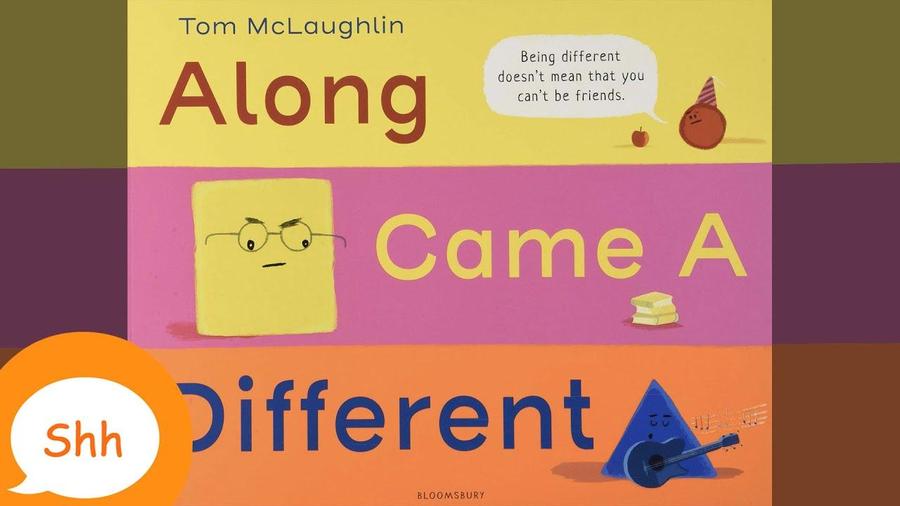
Along Came a Different
By Tom McLaughlin
What this book is about
Along Came a Different provides opportunity to discuss attitudes towards race and racism – the red shapes don’t like the blue shapes, who in turn don’t like the yellow shapes or the red shapes. At the key point of the story, the shapes draw up a set of segregation rules, which gives a class a basis to work from. What do we think of these rules? How can we rewrite them?
Link to hear this book being read: https://www.youtube.com/watch?v=mjce3LC00oI
